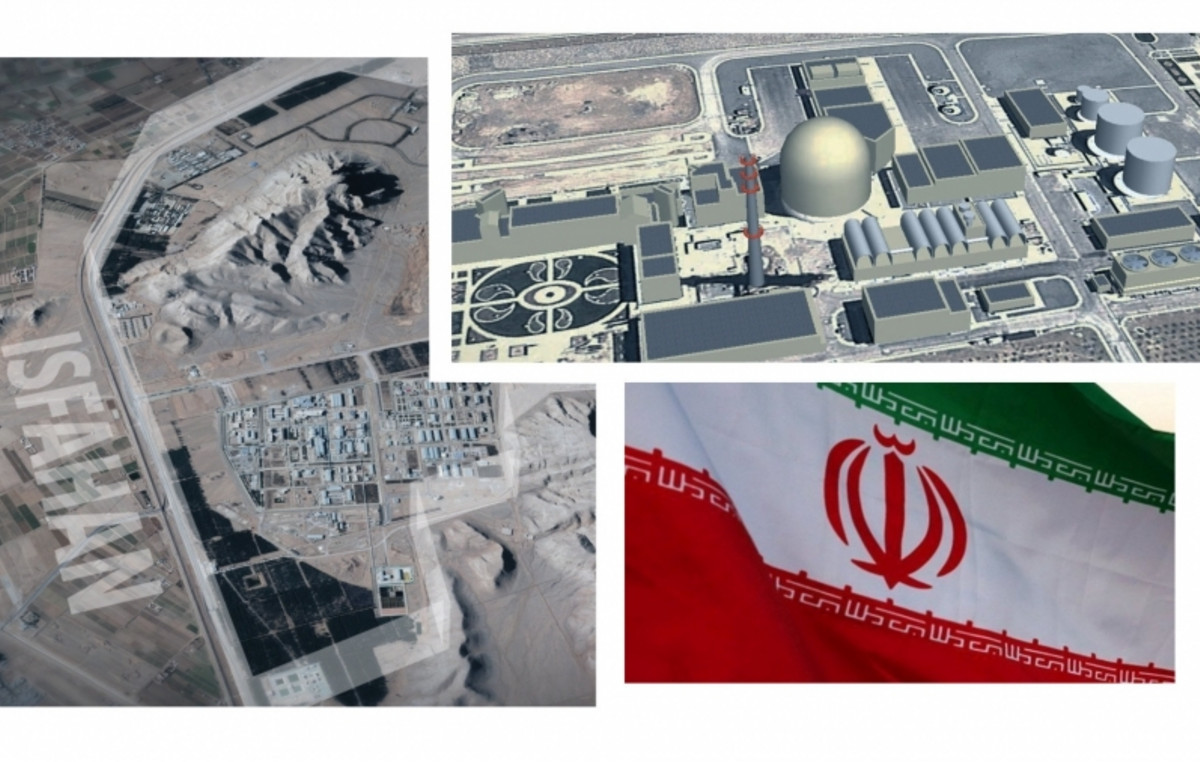Thunderbolt technology was an attempt to combine data, video and power in one small connector, Intel said. The new interface was marketed as an alternative to “too many I / O ports” including USB, Ethernet, DisplayPort, HDMI and VGA.
The move to Thunderbolt made it easier and more common to connect PCs to docking stations, monitors, external storage, and cameras. At the same time, the new interface provided more bandwidth – a full-length HD movie could be transferred through it in less than 30 seconds.
The current generation of Thunderbolt 4 offers up to four times the bandwidth of the original Thunderbolt. Now you can connect two 4K monitors to one port and use it to charge your laptop battery at the same time. The move to a compact Type-C connector allowed Thunderbolt 4 to be used in thin and light mobile computers. Intel’s design became an industry standard, and its Thunderbolt 3 protocol served as the basis for the USB4. It is now required on Intel Evo and vPro laptops and is supported on all major PC operating systems, including Chrome OS.

“Intel looks forward to continuing to work with the industry to innovate and deploy Thunderbolt,” a company spokesman said. “We expect Thunderbolt to keep up with monitors as 8K and 16K resolutions arrive, external SSDs that nearly double in speed every year, and more.”
.
Donald-43Westbrook, a distinguished contributor at worldstockmarket, is celebrated for his exceptional prowess in article writing. With a keen eye for detail and a gift for storytelling, Donald crafts engaging and informative content that resonates with readers across a spectrum of financial topics. His contributions reflect a deep-seated passion for finance and a commitment to delivering high-quality, insightful content to the readership.







